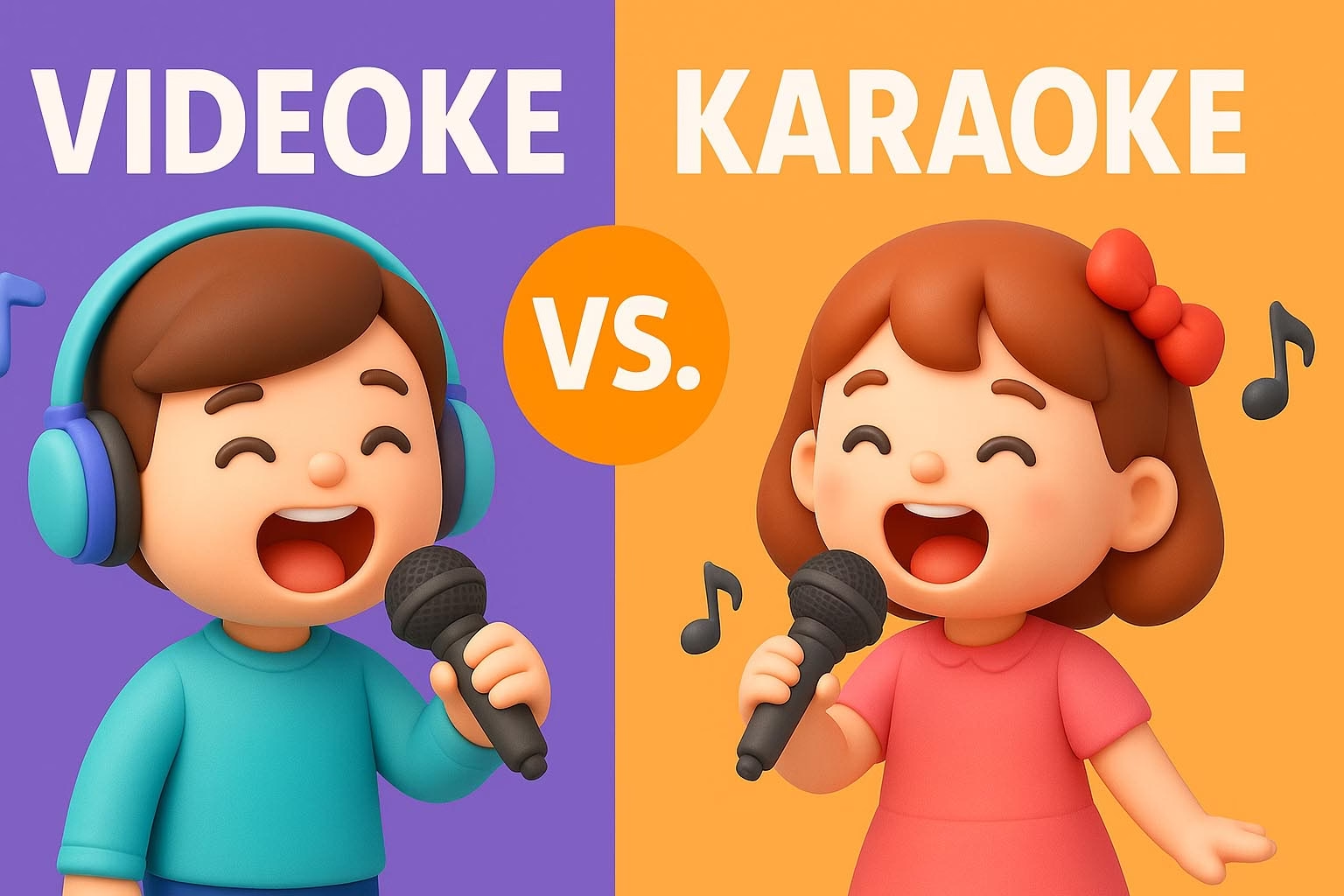Videoke vs. Karaoke: What’s the Difference?

For music lovers, party hosts, and aspiring vocalists, karaoke and videoke are time-tested sources of fun and entertainment. These two forms of interactive singing have become global phenomena, but nowhere are they more embedded in daily life than in parts of Asia-particularly Japan and the Philippines. Although people often use the terms interchangeably, karaoke and videoke have distinct differences in format, user experience, and cultural usage. Understanding those differences can help users make better choices when selecting the right platform or device for their needs-especially with modern solutions like Videoke Pro now redefining the experience altogether.
Karaoke: The Classic Experience
Karaoke, which originates from Japan, means “empty orchestra.” It started gaining traction in the 1970s and became a worldwide trend. The concept is simple: a person sings along to an instrumental track while lyrics are displayed on a screen. In traditional karaoke bars, singers often perform in front of a crowd or in private booths, making it both a social and sometimes competitive event. Many Western karaoke setups are found in pubs or clubs, where singing is part of the entertainment for the night.
Karaoke systems typically focus on audio quality and lyrics display, often without any video footage playing in the background. The song selection might require additional song packs or downloads, and there’s often no built-in scoring-it’s all about the music and the performance.
Videoke: A More Visual and Interactive Twist
Videoke, short for “video karaoke,” evolved later and found a passionate audience in countries like the Philippines. It builds on the karaoke foundation but adds several layers to enhance the overall user experience. The biggest difference is the use of visual backgrounds-either the original music video or generic scenic footage-that plays along with the lyrics on screen. In addition, many videoke systems come with a real-time scoring mechanism that evaluates your singing based on pitch, timing, and accuracy.
This gamified element of scoring makes videoke incredibly popular at Filipino gatherings-be it birthday parties, family reunions, or even casual weekends. It turns singing into a social event where everyone, regardless of talent level, is encouraged to join in. The accessibility of videoke machines, especially those with thousands of built-in songs across various languages and genres, adds to its widespread appeal.
Where Videoke Pro Comes In
As technology continues to evolve, platforms like Videoke Pro have emerged to bring the videoke experience to a whole new level. Videoke Pro is a YouTube-based platform designed to combine the best aspects of both karaoke and videoke—offering access to high-quality instrumental tracks and synchronized lyrics streamed directly from YouTube. This allows users to tap into a massive, ever-growing song library without the limitations of built-in tracks or physical media.
Unlike bulky traditional machines, Videoke Pro is digital-first and works on modern devices such as smartphones, smart TVs, and tablets, making it highly convenient and portable. Because it leverages YouTube, users benefit from an incredibly diverse selection of songs in multiple languages and genres, including the latest hits and timeless classics.
Whether you’re a solo singer practicing at home or the host of a lively gathering, Videoke Pro provides a full-featured experience without the need for complex setup or expensive hardware. It caters to both casual users and serious singers through its intuitive interface, on-screen lyrics, and real-time scoring feature. It truly reflects how videoke has evolved—from a living room machine into a cloud-powered, accessible entertainment platform you can take anywhere.
User Experience: Casual vs. Competitive
One of the main contrasts between karaoke and videoke lies in the user experience. Karaoke, especially in formal bar settings, can feel more performance-based-people wait for their turn, sing on stage, and get judged silently (or loudly) by the audience. Videoke, on the other hand, is more inclusive and casual. Thanks to the scoring feature and background videos, the atmosphere is lighter and more entertaining.
With Videoke Pro, users enjoy the best of both worlds. The app can be used casually for fun or seriously for vocal practice, depending on your mood or purpose. Plus, since it’s designed to be modern and user-friendly, it eliminates the limitations of old-school machines or DVD-based songbooks.
Cultural Relevance and Modern Needs
In the Philippines, videoke is more than just an activity-it’s a cultural tradition. It brings people together, provides a creative outlet, and turns any gathering into a lively celebration. With Videoke Pro, this tradition continues in a way that fits modern lifestyles. There’s no need to rent a machine, maintain hardware, or deal with limited song selections. Just open the app, pick your favorite song, and sing your heart out.
Conclusion
While karaoke and videoke share similar roots, their differences in presentation, technology, and user engagement make them distinct. Karaoke focuses on singing with instrumental tracks and is popular in performance-oriented settings. Videoke enhances the experience with video backgrounds, scoring, and user-friendly setups-especially in community and home settings. Now, with platforms like Videoke Pro, users can enjoy a hybrid solution that offers flexibility, fun, and a modern spin on a beloved tradition. Whether you’re a passionate singer or just someone looking to have fun with friends and family, Videoke Pro is the perfect companion to keep the music going-anytime, anywhere.